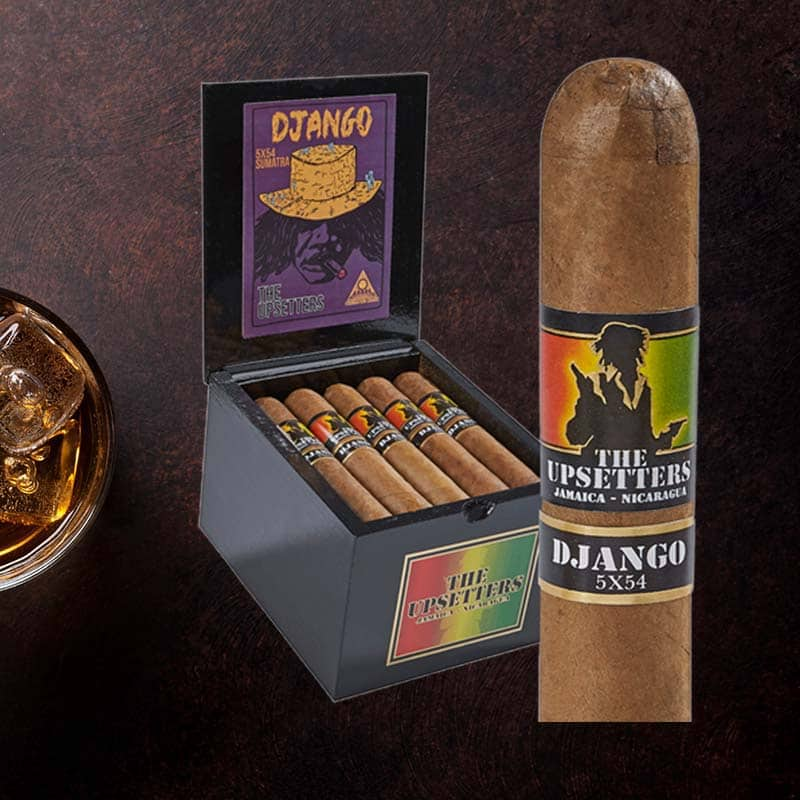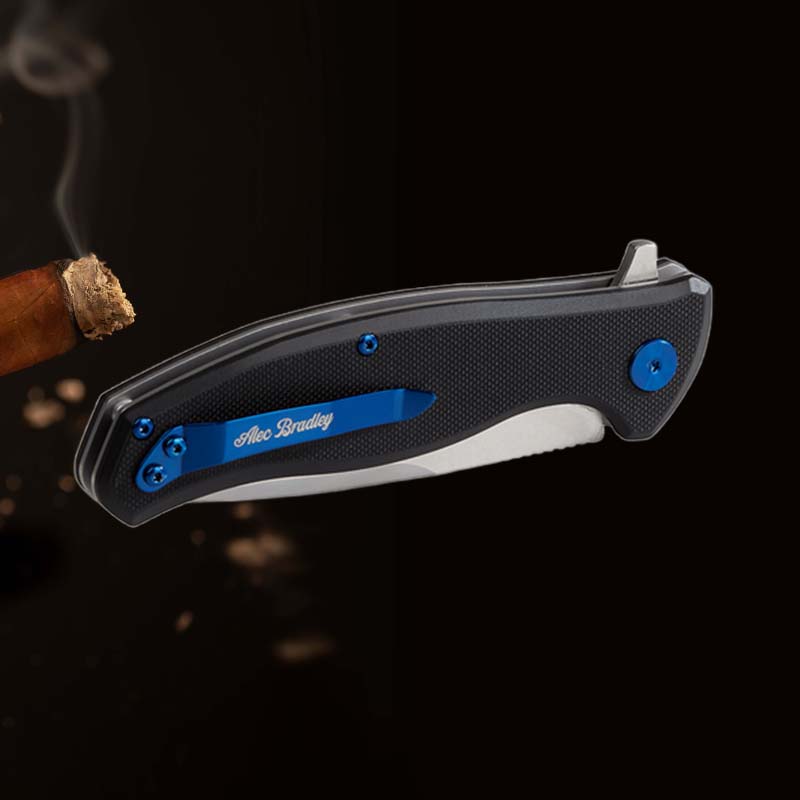Lighting a bernzomatic torch
Have you ever felt the excitement of igniting a flame, the rush of warmth enveloping you, and the potential of a powerful tool igniting your creativity? Lighting a Bernzomatic torch is an adventure that transforms mere ideas into reality—whether you’re soldering, crafting, or exploring culinary arts. A Bernzomatic torch is a trusted companion for makers, artists, and even home chefs looking to take their skills to the next level. In this guide, I will take you through the step-by-step process of lighting your Bernzomatic torch safely and effectively, ensuring you have all the knowledge you need to harness its power.
Your 7 Step Guide on Lighting a Bernzomatic Torch
Step 1: Gather Materials
Before starting, I always make an inventory of what I need. Gather the following:
- Bernzomatic torch
- Fuel canister (usually propane or MAP/Pro gas)
- Safety goggles
- Heat-resistant gloves
- A sturdy, well-ventilated space to work
Step 2: Assemble the Torch
This step is crucial! I carefully attach the fuel canister to the torch. It’s essential to follow the manufacturer’s instructions for a secure fit. I ensure that the connection is tight and leak-free, as safety is my priority.
Step 3: Check Fuel Levels
I always take a moment to check the fuel level in the canister. You can usually tell by the weight of the canister. If it feels too light, I swap it for a full one before proceeding.
Step 4: Inspect the Igniter
The igniter is the heart of the process. I check to ensure the igniter is clean and free of debris. If I notice any buildup, I give it a gentle clean to ensure a reliable spark.
Step 5: Position the Torch Safely
I always position the torch on a stable, non-flammable surface, pointing away from myself and others. It feels good knowing I’m creating a safe workspace, ready for action.
Step 6: Initiate Flame Ignition
Here comes the moment of ignition! I slowly turn the fuel dial to allow gas to flow, then press the igniter to create a spark. When the flame bursts to life, I can’t help but feel a sense of accomplishment. Remember, less is more when it comes to the flow of gas initially.
Step 7: Adjust Flame Settings
Once the flame is lit, I fine-tune it to suit my needs. I can adjust the flame size—from a gentle blue to a hot, fierce yellow—depending on the task at hand. This flexibility makes the Bernzomatic torch an invaluable tool!
Safety Items List for Lighting a Bernzomatic Torch
Required Safety Gear
Before using the torch, it’s essential to wear the appropriate safety gear:
- Safety goggles
- Heat-resistant gloves
- Long sleeves and pants made of non-flammable materials
Emergency Procedures
Even though I prepare well, I always keep a fire extinguisher nearby, just in case. Familiarizing myself with emergency shutdown procedures provides peace of mind, ensuring I can respond swiftly if needed.
Troubleshooting Common Issues When Lighting a Bernzomatic Torch
Troubleshooting the Igniter
If I encounter a problem with the igniter not sparking, I check its cleanliness and ensure it’s functional. Sometimes, a quick clean does wonders!
Troubleshooting Fuel Flow
If the flame won’t stay lit, I turn off the gas and check for blockages in the nozzle or lines. Cleaning these can improve fuel flow significantly.
Troubleshooting the Flame
If the flame is too weak or erratic, I adjust the gas flow and ensure I’m using the correct type of fuel. It’s about finding that sweet spot.
Tips for Efficient Torch Use
Maximizing Heat Output
To get the most out of my torch, I aim for a steady blue flame. This yields the highest temperature, ideal for intense tasks.
Maintaining Your Torch
After every use, I wipe down the torch and ensure it’s stored properly. Regular maintenance is crucial for a longer lifespan!
Essential Tools for Using a Bernzomatic Torch
Recommended Accessories
Over the years, I’ve found certain accessories to be indispensable:
- Flame deflector
- Windshield
- Multi-purpose tool for various uses
Choosing the Right Torch for Your Needs
Experimenting with different Bernzomatic models has shown me that selecting the right torch depends on the task at hand—be it crafting, plumbing, or culinary work.
Frequently Asked Questions about Lighting a Bernzomatic Torch
Common Mistakes to Avoid
I’ve learned to avoid rushing the ignition process. Safety and patience are crucial. Also, never use the torch indoors unless it’s in a well-ventilated area!
How to Extend the Life of Your Torch
Regularly cleaning and maintaining my Bernzomatic torch has proven to extend its life. I always check for damage and replace parts when needed.
Conclusion
Recap of Key Points
Lighting a Bernzomatic torch is a straightforward process that can result in countless creative possibilities. Remember to gather your materials, check the safety gear, troubleshoot common issues, and take care of your torch. With these steps and tips, you’ll ignite like a pro!
How to light up a Bernzomatic torch?
To light a Bernzomatic torch, gather all necessary materials, assemble the torch, check fuel levels, inspect the igniter, position it safely, initiate flame ignition, and adjust flame settings to your preference.
Why is my torch sparking but not lighting?
If your torch is sparking but not lighting, it might be due to a lack of fuel flow, a malfunctioning igniter, or insufficient gas being released.
What is the proper way to light a propane torch?
The proper way to light a propane torch involves attaching the fuel canister, checking the connections, adjusting the fuel dial, and then igniting the torch using the igniter.
What is the difference between blue and yellow Bernzomatic torch?
The blue flame typically indicates a hotter, more efficient burn suitable for precision work, while the yellow flame is cooler and has a softer heat, often used for larger tasks or applications.












